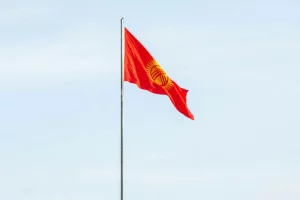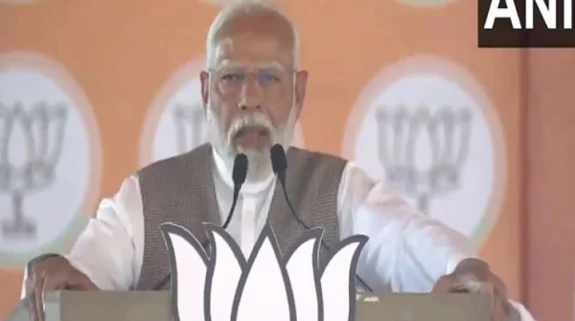The Assam government has taken the bold step of burning 2500 kg of rhino horns to spread the message that they have no medicinal value. On World Rhino Day on September 22, the Chief Minister of Assam Himanta Biswa Sarma said that the state cabinet had decided last week that to mark the special occasion, 2,479 pieces of rhino horns stockpiled from different treasury offices of the state will be set aflame in public.
This might sound sensational but the government intent was to signal to poachers that it was futile to kill rhinos by killing demand for rhino horns.
94 horns will be preserved for academic purposes, while 50 horns would be kept aside for ongoing court cases.
Rhino is the state animal of Assam. The burning of rhino horns has been publicised as a “milestone towards rhino conservation” aimed at “busting myths about rhino horns' '. The Assam Forest department has arranged Gas-powered fireplaces at the Bokakhat public playground for the burning.
“This entire exercise will send a very strong signal that science and not superstition should prevail. Rather than protecting rhino horns, we need to protect the live rhinos and their habitat,” Hemkanta Talukdar, Chief Conservator of Forest, Central Assam Circle told Mongabay-India.
There is a huge demand for rhino horns which fetch a very high price. Ground rhino horn is used in traditional Chinese medicine to cure a range of ailments, from cancer to hangovers, and also as an aphrodisiac. In Vietnam, possessing a rhino horn is considered a status symbol.
“Due to demand in these countries, poaching pressure on rhinos is ever persistent against which one cannot let the guard down”, the release of the Assam Forest Department says.
But there is no truth in this, say experts.
“The choice of rhino horn burning genesis in 2009 when the then authorities determined to ship the stockpiled rhino horn to different museums of the world and the remainder to be offered as mementos to visiting overseas dignitaries. We opposed this as these horns shouldn’t be used as animal trophies as gifts protocols” says Mubina Akhtar, member of the current verification committee in Guwahati and Golaghat.
This exercise is one of the first to be carried out in the country and the region. The horns have been stored in treasuries across the state over decades. After a rhino dies, either out of natural causes or due to poaching, its horn, essentially a mass of compacted hair, is kept in the custody of the Forest Department in the state treasuries.
Assam has the largest population of greater one-horn rhino (Rhinoceros unicornis) in the world numbering about 2,600. They are found in Manas and Orang National Parks besides Pobitora Wildlife Sanctuary apart from the famous Kaziranga National Park.
Earlier one-horn rhino was declared an endangered animal but thanks to the conservation efforts, it is now declared as vulnerable by the International Union for Conservation of Nature (IUCN).
This is not the first-time rhino horns have been burnt in any country. Countries like Kenya, Sri Lanka, Botswana, Philippines and China have been following this practice for years.
Also Read: Rhino horns to be injected with radioactive material to deter illegal poaching in South Africa




















